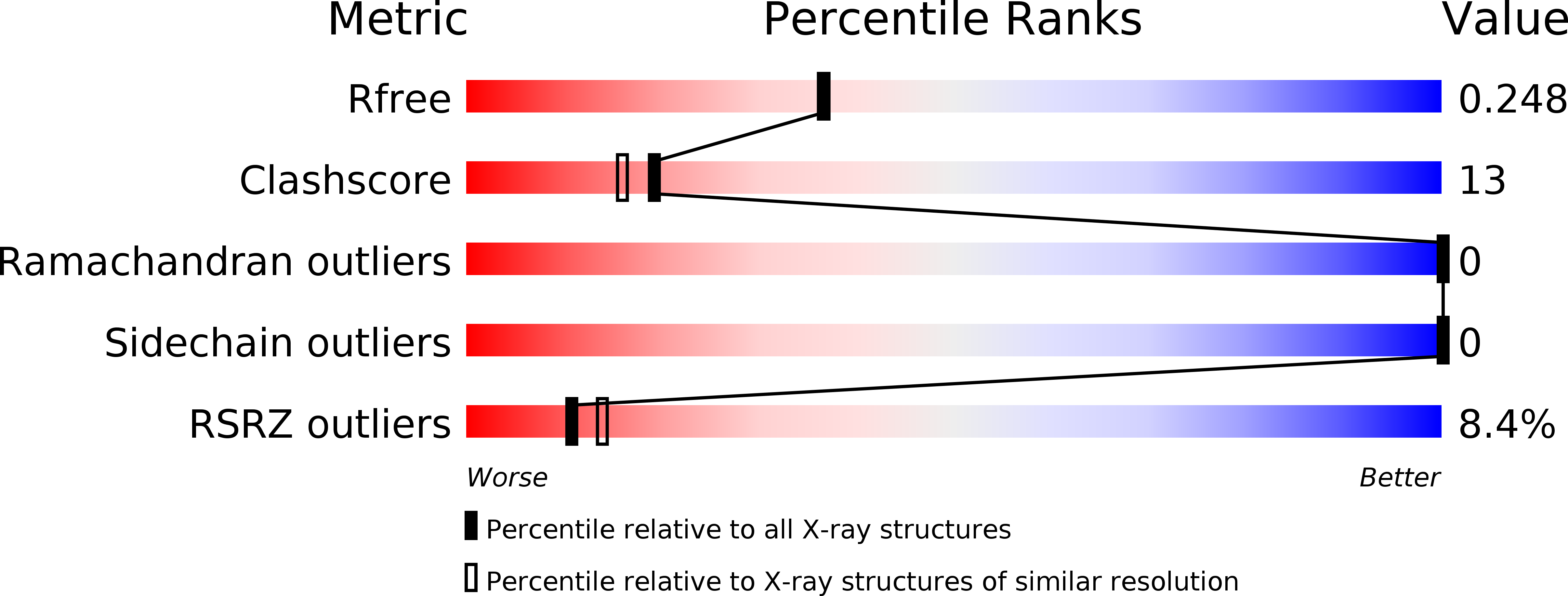
Deposition Date
2007-04-18
Release Date
2008-04-22
Last Version Date
2023-10-25
Entry Detail
PDB ID:
2PKP
Keywords:
Title:
Crystal structure of 3-isopropylmalate dehydratase (leuD)from Methhanocaldococcus Jannaschii DSM2661 (MJ1271)
Biological Source:
Source Organism:
Methanocaldococcus jannaschii (Taxon ID: 243232)
Host Organism:
Method Details:
Experimental Method:
Resolution:
2.10 Å
R-Value Free:
0.24
R-Value Work:
0.20
R-Value Observed:
0.20
Space Group:
C 2 2 21


